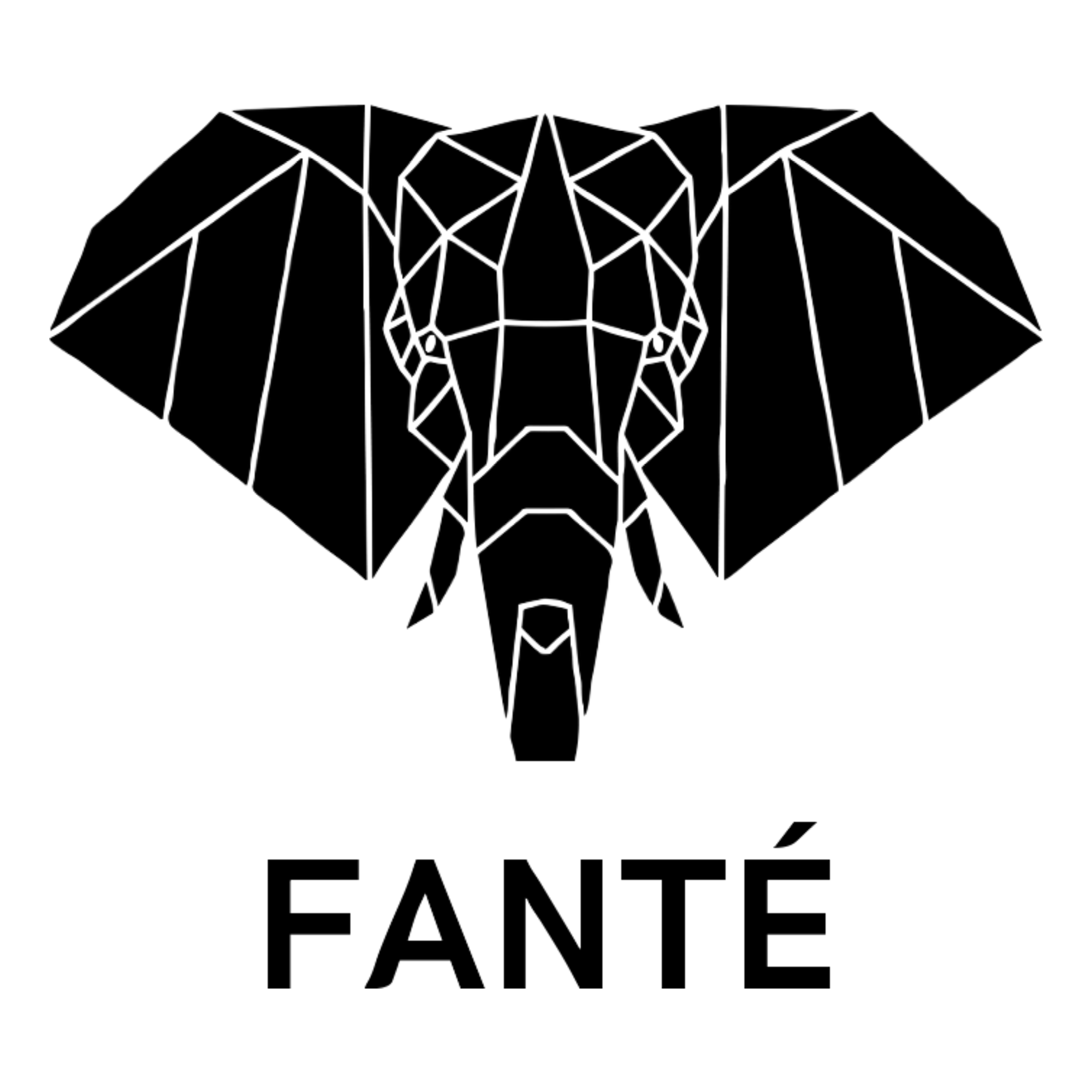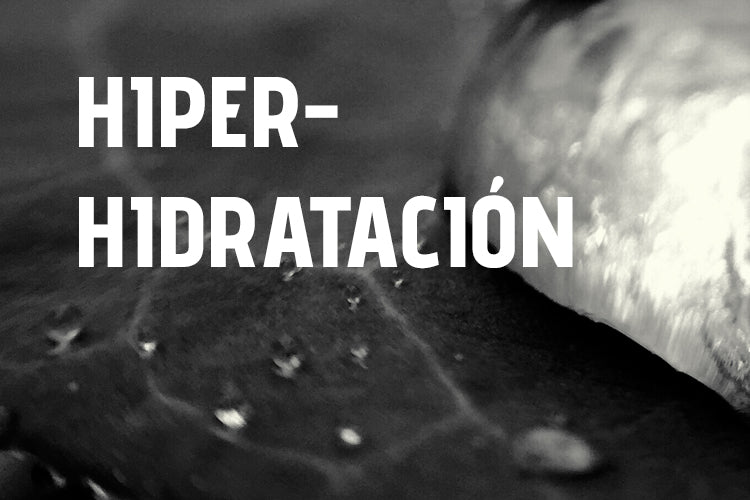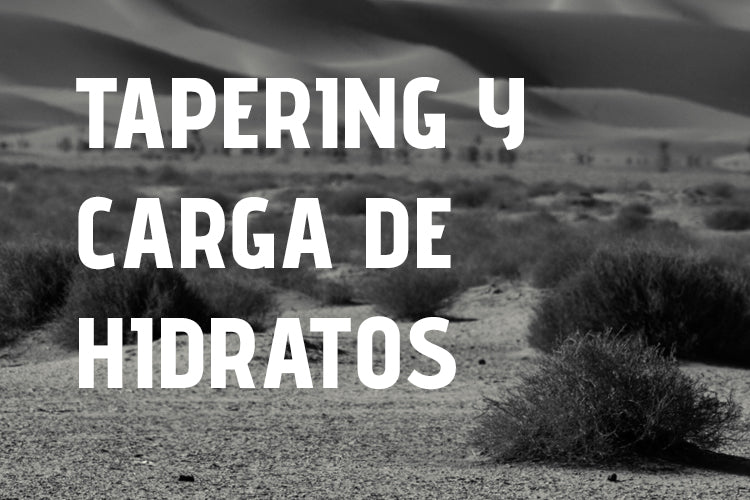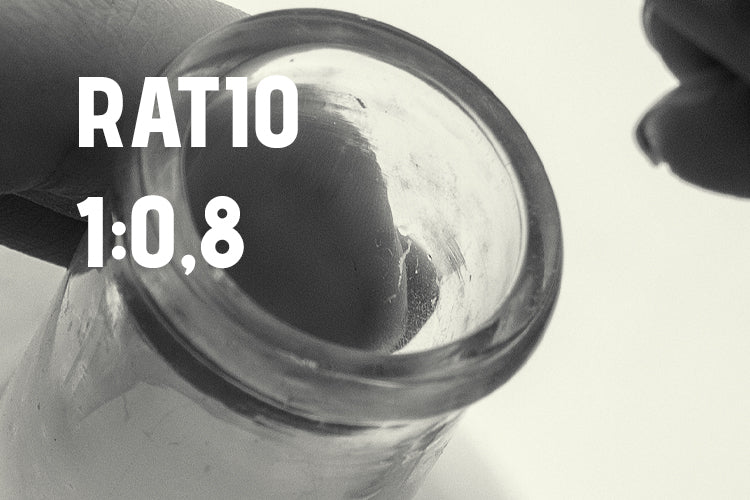One of the main goals of rehydration drinks (ORS) and carbohydrate drinks is to make fluids available for use within the body as quickly as possible.
Carbohydrates in beverages come primarily in the form of glucose, although they may also contain sucrose, maltodextrin, or fructose. Increasing the amount of carbohydrates in a beverage leads to a decrease in fluid transport, or, in other words, a loss of hydration (1).
Increased osmolality due to high carbohydrate concentrations leads to a loss in body water reserves and may increase the effects of dehydration (2) .
This means that drinks, depending on the % of carbohydrate/sodium concentration, are classified as:
- Hypotonic drinks
- Isotonic drinks
- Hypertonic Drinks
Hydration is key to athletic performance. However, the timing and composition of different beverages are key to implementing an optimal hydration strategy.
Every moment has a drink. But what are they and what are their composition?
– Hypotonic: For use before exercise. Optimizes hydration. Contains 4–6% carbohydrates, around 20–30g/500ml, and 0.5–0.7g/L of sodium.
As occurs when including in our protocol prior to a competition
1 GLUT 5 DRINK + 1200ml water
– Isotonic: Stops during exercise. Optimizes solute transport, maintaining hydration. Contains a higher carbohydrate content (6-9%), around 30-45g , and 0.7-1g of sodium per 1L.
In this case we have two options
ISO DRINK with 6% concentration
GLUT 5 DRINK with 9% concentration
– Hypertonic: For use after exercise. It promotes nutrient absorption. Therefore, it should contain 9-11% carbohydrate, which corresponds to 45-55g of carbohydrates in 500ml. Likewise, sodium should increase to 1.2-1.5g per 1L. We must keep in mind that this is a replacement drink, not a hydration drink.
As with our GLYCOGEN RECOVERY DRINK, the best recovery drink you can find based on your current body weight.
Making clear the types of drinks that exist in sports nutrition,
We focus on the HYPOTONIC DRINK , the drink par excellence that we should use before a competition in situations of high heat and humidity.

We will use it when the conditions are:
More than 25 degrees
More than 75% relative humidity
If either or both of these parameters occur, we should overhydrate the day before to arrive at the start with a proper hydration state.

HOW DO WE DO IT?
For example, an athlete who performs physical exercise lasting more than 30 minutes, at a temperature above 25-30ºC and with relative humidity above 55%, should begin the activity with a more than optimal hydration state (even with a previous state of hyperhydration).
Ultimately, as we say, the results in these conditions depend directly on the athlete's hydration status prior to exercise , and as has already been demonstrated, starting in a state of hyperhydration or euhydration (minimal) is effective in delaying the time to fatigue.
Thus, the loading of osmotic agents (sodium, above all) and fluid (water) through hypotonic or slightly isotonic drinks must be the reference nutritional guideline for the sports group (especially if they exercise in the extreme conditions mentioned above).
In general, a pre-hydration regimen of 5-7ml of fluid/kg of body weight in the 4 hours prior to starting exercise is recommended.
It should be added that if we are faced with a subject who cannot urinate or who has dark or very concentrated urine, we should increase this guideline by adding 3-5 ml/kg more in the last 2 hours before exercise.
Hence,
intakes such as the GLUT 5 DRINK + 1200ml water would make this carbohydrate drink, which is more oriented towards the test, become a hypotonic drink with the addition of 1200ml of water , ensuring a correct state of hyperhydration the day before a test.
Literature
- O'Brien, WJ, Stannard, SR, Clarke, JA, & Rowlands, DS (2013). Fructose–maltodextrin ratio governs exogenous and other CHO oxidation and performance. Medicine & Science in Sports & Exercise, 45(9), 1814-1824.
- Asker Jeukendrup, William H. Saris, and Anton J. Wagenmakers. Fat Metabolism During Exercise: A Review, Part I: Fatty Acid Mobilization and Muscle Metabolism. Article published in the journal PubliCE, Volume 0, 1999.
- Baker LB, Jeukendrup A. Optimal composition of fluid-replacement beverages. American Physiological Society. Comprehensive Physiology. 2014; 4(2): 575-562.
- Burke LM, Jeukendrup A, Jones AM, Mooses M. Contemporaty Nutrition Strategies to Optimize Performance in Distance Runners and Race Walkers. Int J Sport Nutr Exerc Metab. 2019; 29(2): 117-129.
- Urdampilleta A, Martínez-Sanz JM, Álvarez-Herms J. Hydration protocol before, during and after physical activity. Mot Eur J Hum Mov. 2013; 31: 57–76.
- Palacios N, Franco L, Manonelles P, Manuz-González B, Villegas-García JA. Consensus on sports beverages. Composition and fluid replacement guidelines. Consensus Doc [Internet]. 2008; 25(126): 245–258.




Leave a comment
This site is protected by hCaptcha and the hCaptcha Privacy Policy and Terms of Service apply.